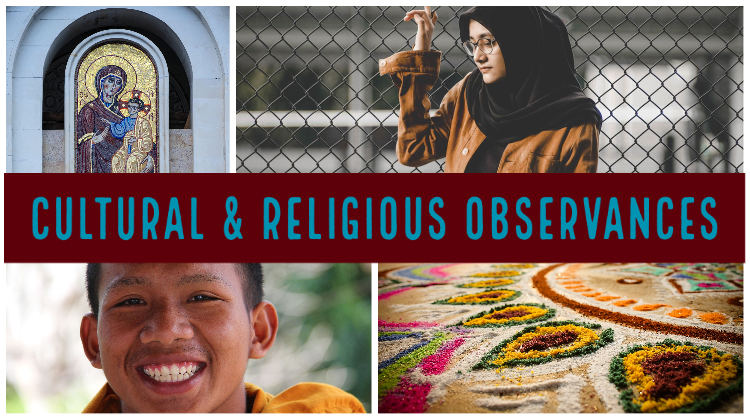Kwanzaa
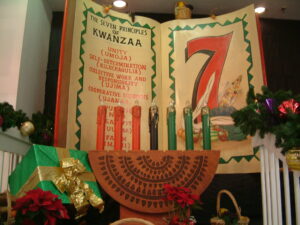
Culture/religion: African American/Pan-African heritage
Date: December 26-January 1
Kwanzaa is an African American and pan-African holiday celebrating family, community and culture. Kwanzaa is an annual celebration beginning December 26 and ending January 1. It combines communitarian values and practices of Continental African and African American culture.
Activities are organized around Nguzo Saba, the Seven Principles – Umoja (Unity), Kujichagulia (Self-Determination), Ujima (Collective Work and Responsibility, Ujamaa (Cooperative Economics), Nia (Purpose), Kuumba (Creativity) and Imani (Faith).
Sources:
New Year’s Day
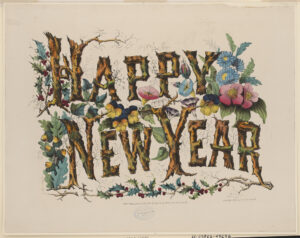
Culture/religion: National Observance
Date: January 1
The earliest celebrations of a new year go back 4,000 years to ancient Babylon. The Babylonians marked the new year with the first new moon following the vernal equinox, which would have been a day with equal sunlight and darkness in late March. As time went on, more sophisticated calendars were developed, and the first day of the new year was usually connected to an agricultural or astronomical event.
In 46 B.C., Julius Caesar introduced the Julian calendar, which closely resembles the Gregorian calendar, and declared January 1 as the first day of the new year.
In many countries, New Year’s celebrations begin on December 31 – New Year’s Eve – and often involve foods that are thought to bring good luck in the new year. For example, in Spain and other Spanish-speaking countries, people eat a dozen grapes just before midnight symbolizing their hope for the months ahead. Pigs represent progress and prosperity in some cultures; therefore, pork can usually be found on a celebration menu in Cuba, Austria, Hungary and Portugal. In some places, lentils are thought to bring financial success; for example, lentils in Italy and black-eyed peas in the southern United States.
Fireworks, songs welcoming the new year, and resolutions are common traditions for the new year celebration.
Sources:
New Year’s, History.com
Shogatsu
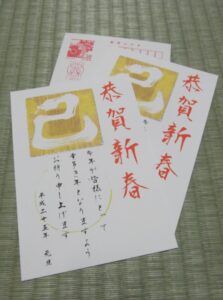
Culture/religion: Japanese heritage
Date: January 1
Shogatsu is the Japanese New Year celebration and is celebrated annually on January 1. It is a time for spiritual communion and being with family. It is said to be the oldest annual event, dating back to at least the 6th century. Toshigami, a god of the new year, is believed to provide a huge harvest and perfect health to those who welcome him.
To prepare for the new year, Japanese people do housework – cleaning, replacing broken things – as well as a bit of mind work – paying all debts and concluding current affairs to best welcome the gods of the New Year.
December 31 is spent preparing the New Year’s dinner, Osechi ryori. All of the food eaten during the celebration has symbolic meaning: Soba noodles for longevity; red and white fish are traditional holiday colors; and fish eggs represent fertility. As to not offend the god of fire, no cooking is done the first three days of the holiday, so the prepared meals are heavily salted or pickled and stored in bento boxes for use on these days.
New Year’s Day is often spent having fun watching popular music contests on television, decorating the front of houses with bamboo and pine floral arrangement to symbolize health and longevity and receiving expensive gifts in a fukubukuro (“lucky bag” or grab bag).
Alternate spelling: Oshogatsu
Greetings: “Yoi otoshi o omukae kudasai” – Happy New Year (used until December 31)
“Akemashite Omedetogozaimasu” – Happy New Year (used from January 1)
Happy Shogatsu
Sources:
New Year’s Day Shogatsu, Piece of Japan
Oshogatsu: The New Year, Japan Experience
Japan’s New Year “Oshogatsu” is to welcome the Got Toshigami-sama, who brings abundance and happiness to each family, Tadaima Japan
Solemnity of Mary
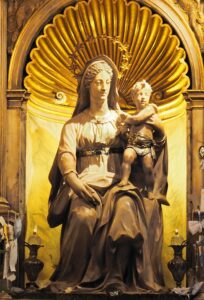
Culture/religion: Christianity
Date: January 1
The Solemnity of Mary is a feast day honoring the Blessed Virgin Mary and celebrating Mary’s motherhood of Jesus. The honoring of Mary as the Mother of God can be traced back to the Council of Ephesus in 431.
The Solemnity of Mary is a Holy Day of Obligation (feasts that fall on days other than Sundays) on which Catholics are required to attend mass and avoid servile work.
Sources:
Solemnity of Mary, Mother of God, Wikipedia
The Solemnity of Mary, Mother of God, Holy Family Church, South Pasadena, California
The Solemnity of Mary, the Mother of God and Holy Days of Obligation in the Catholic Church; Learn Religions

